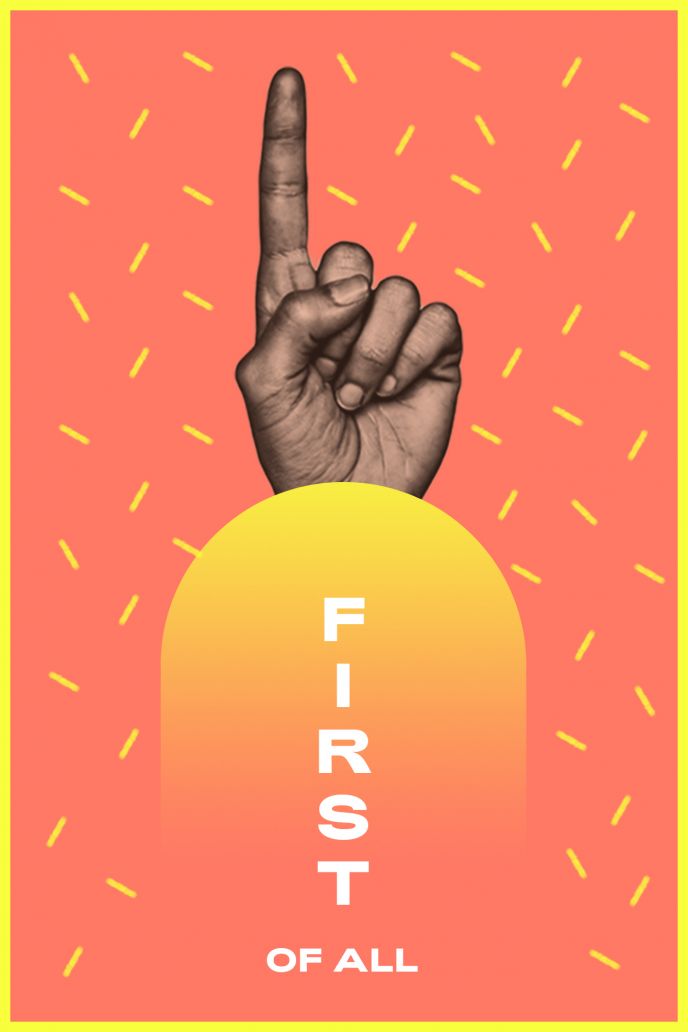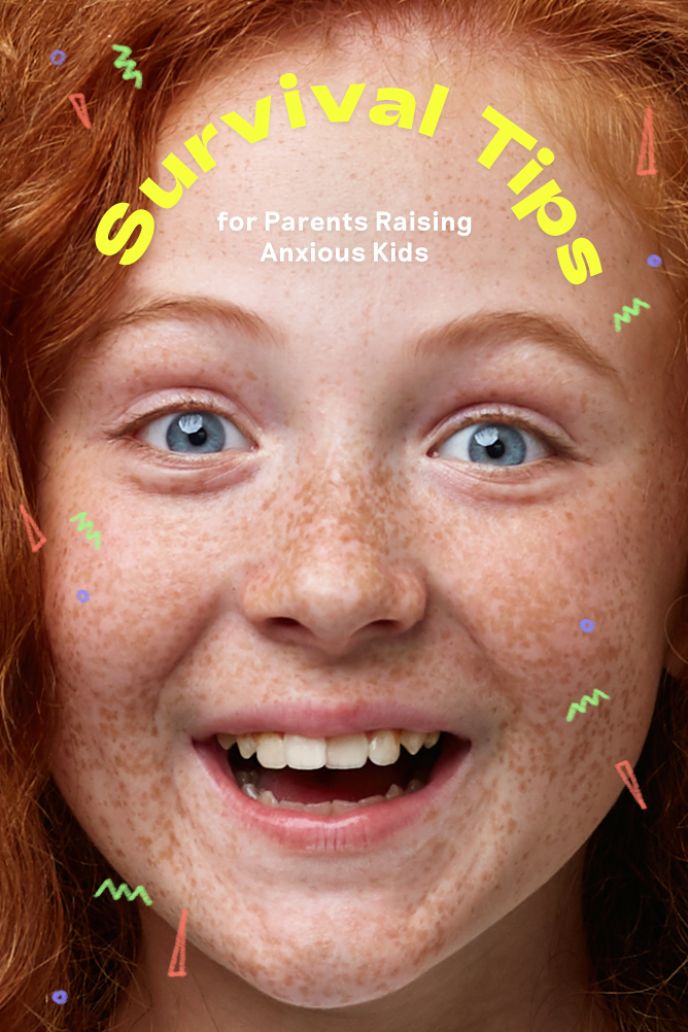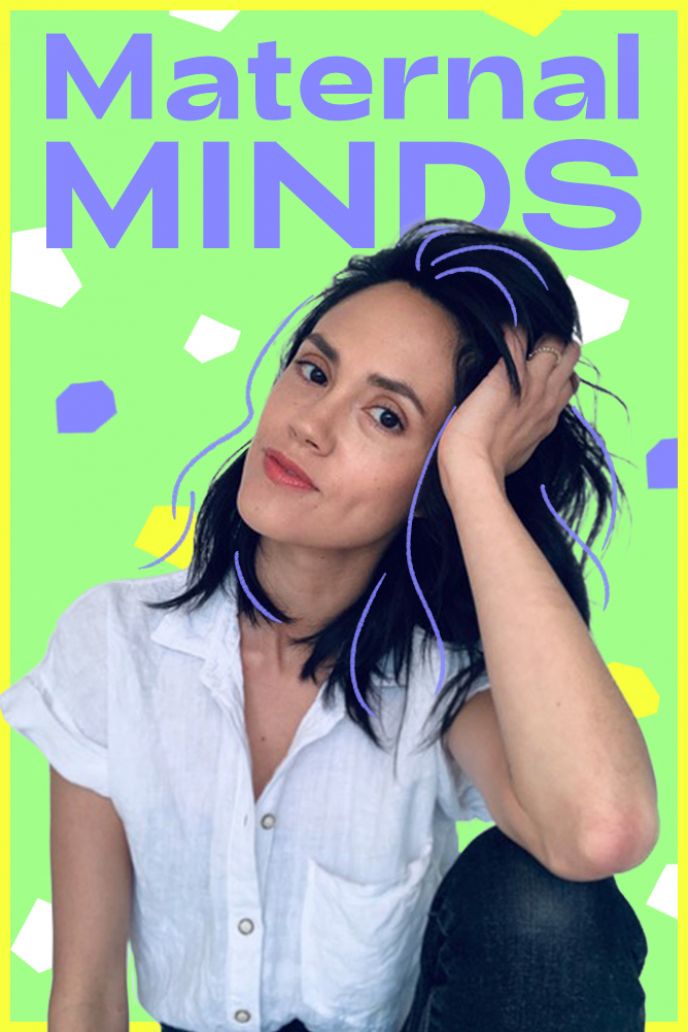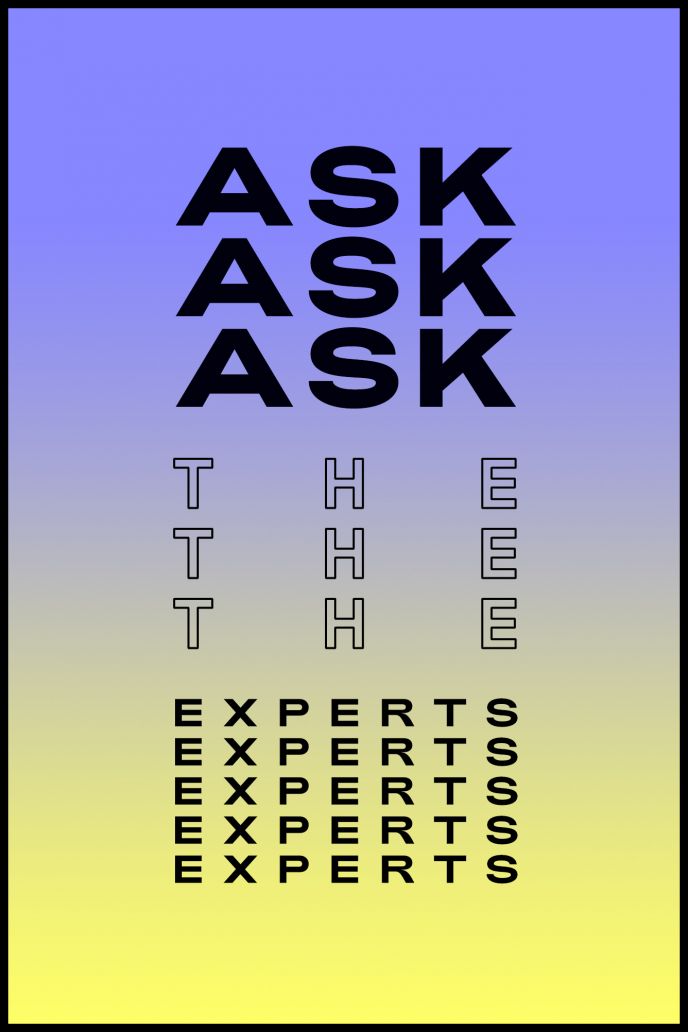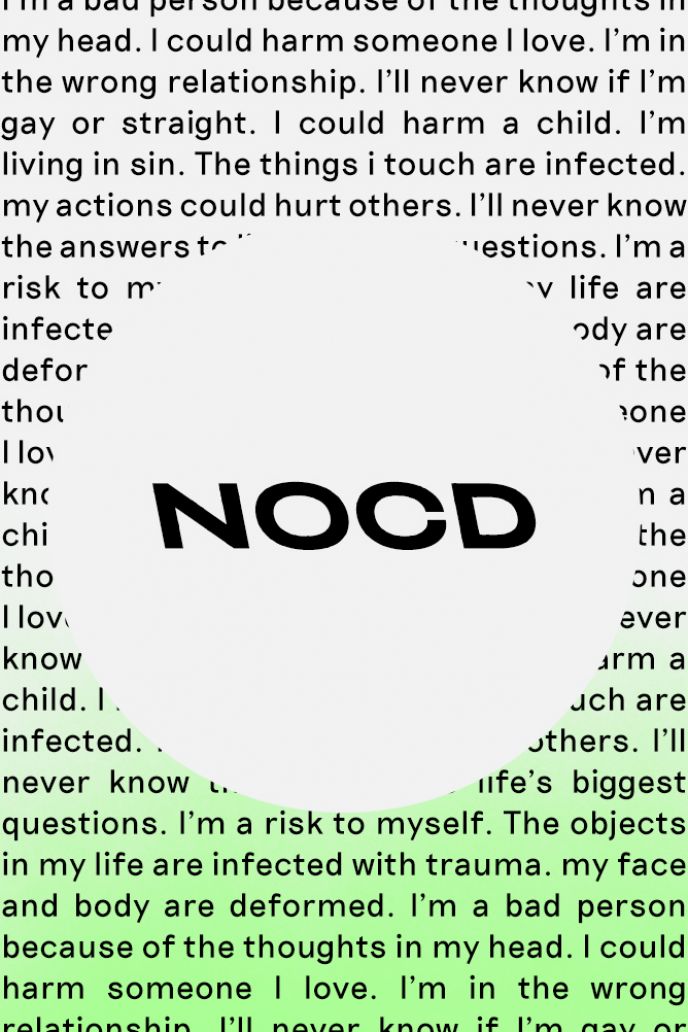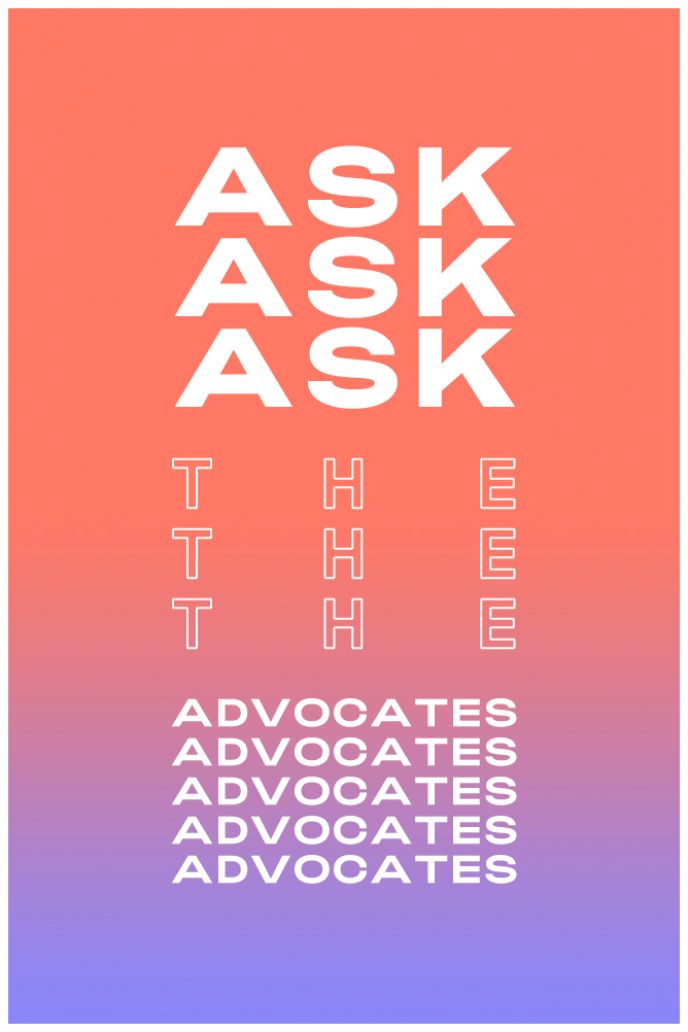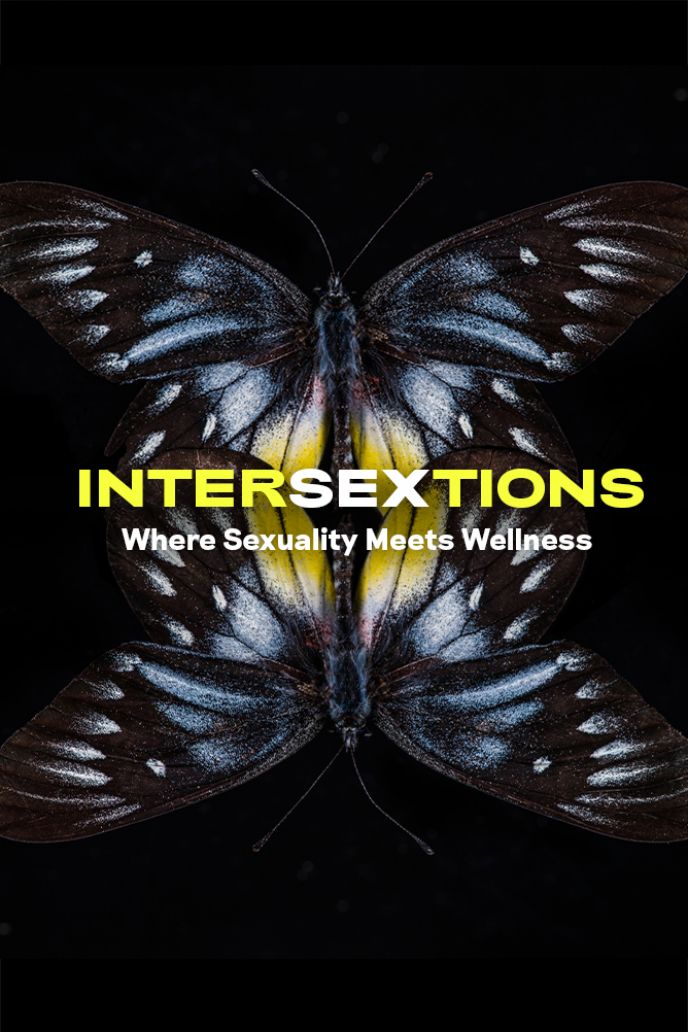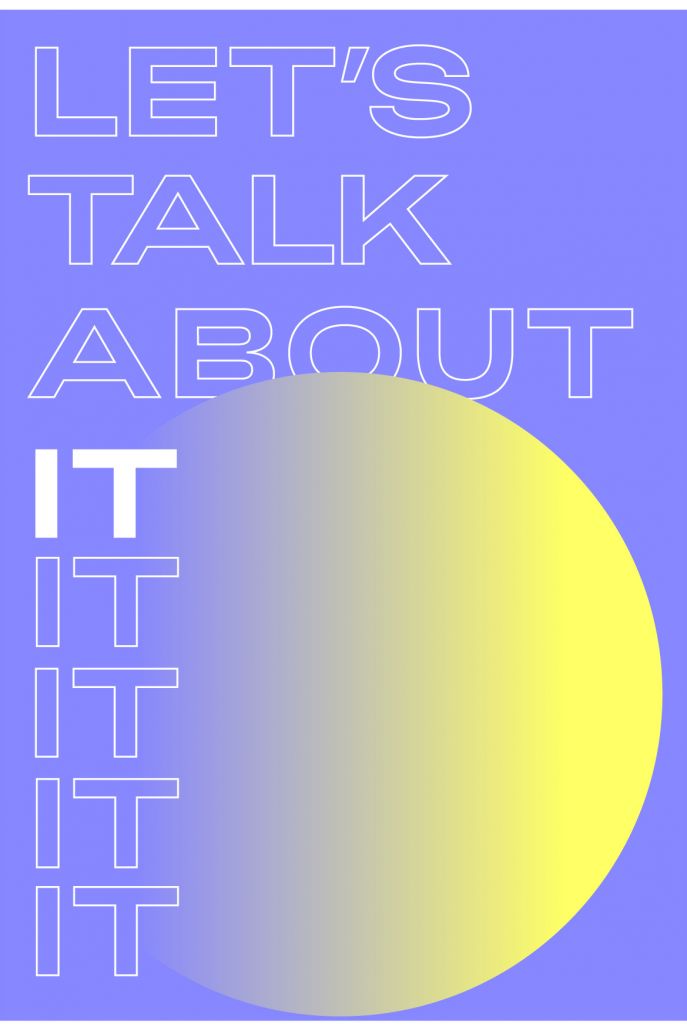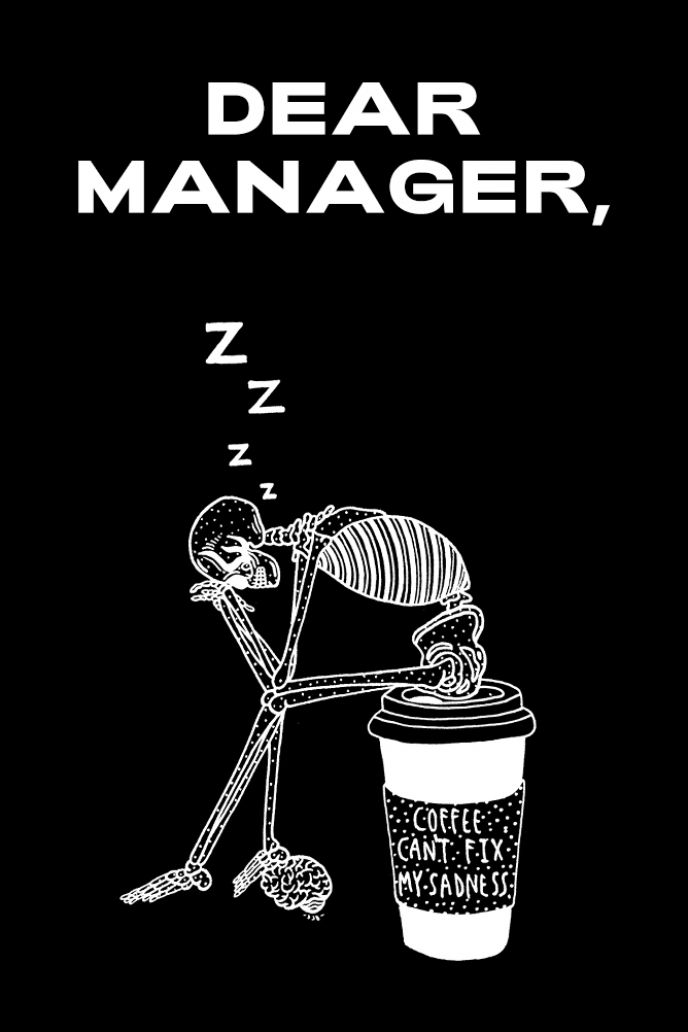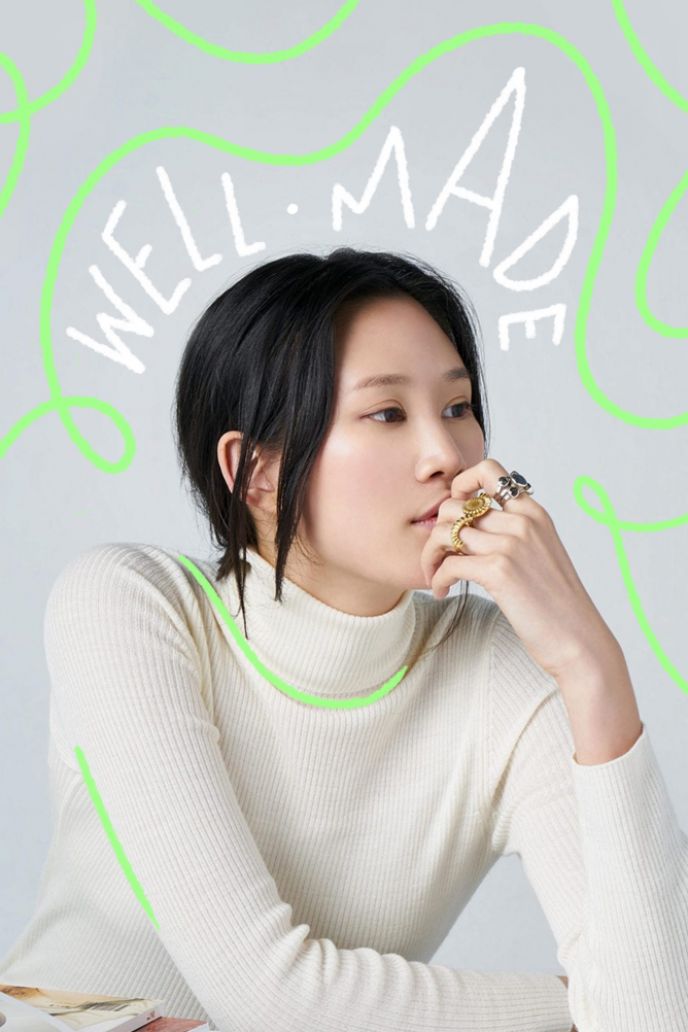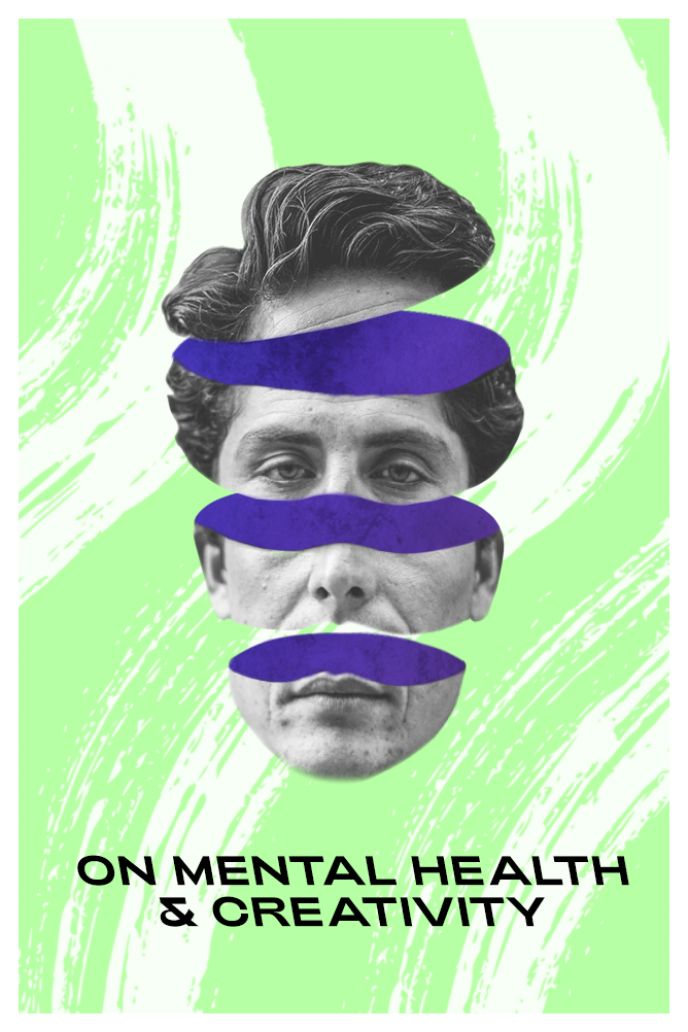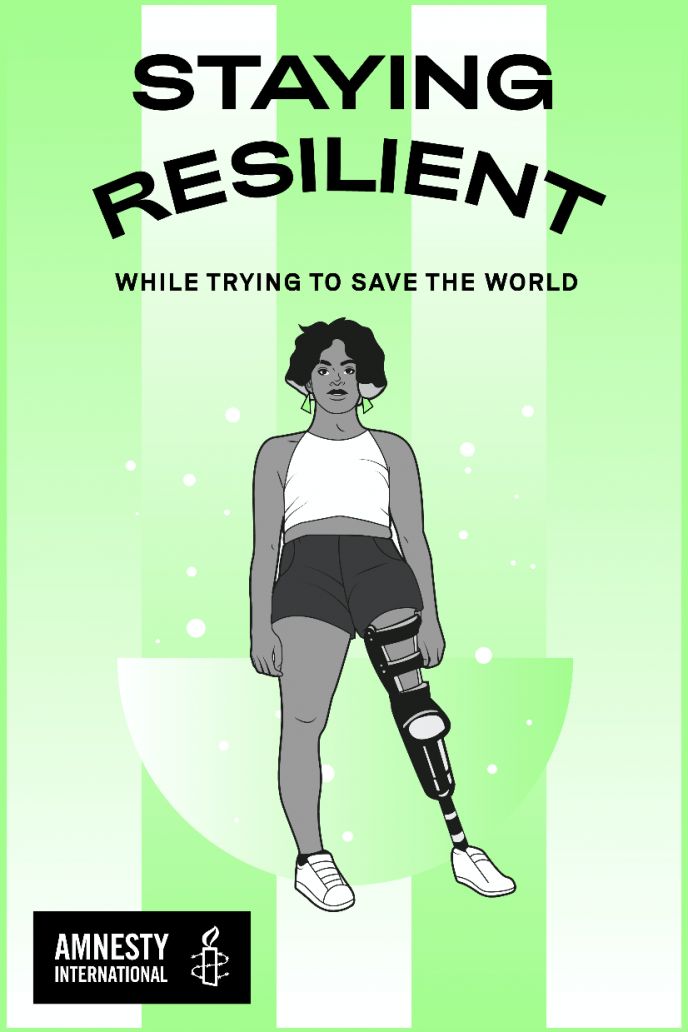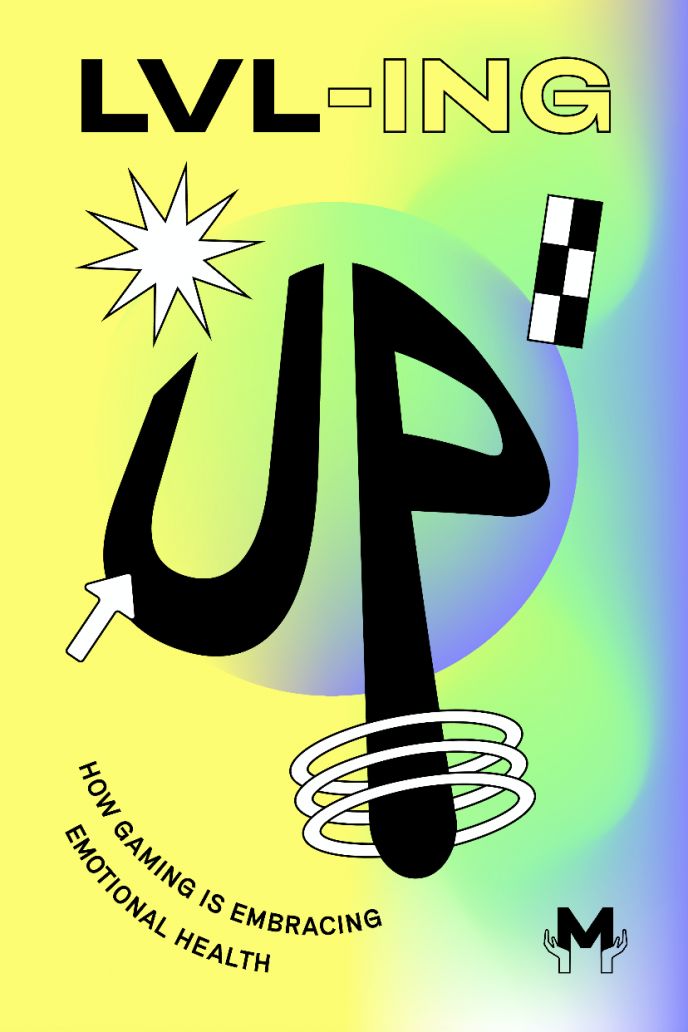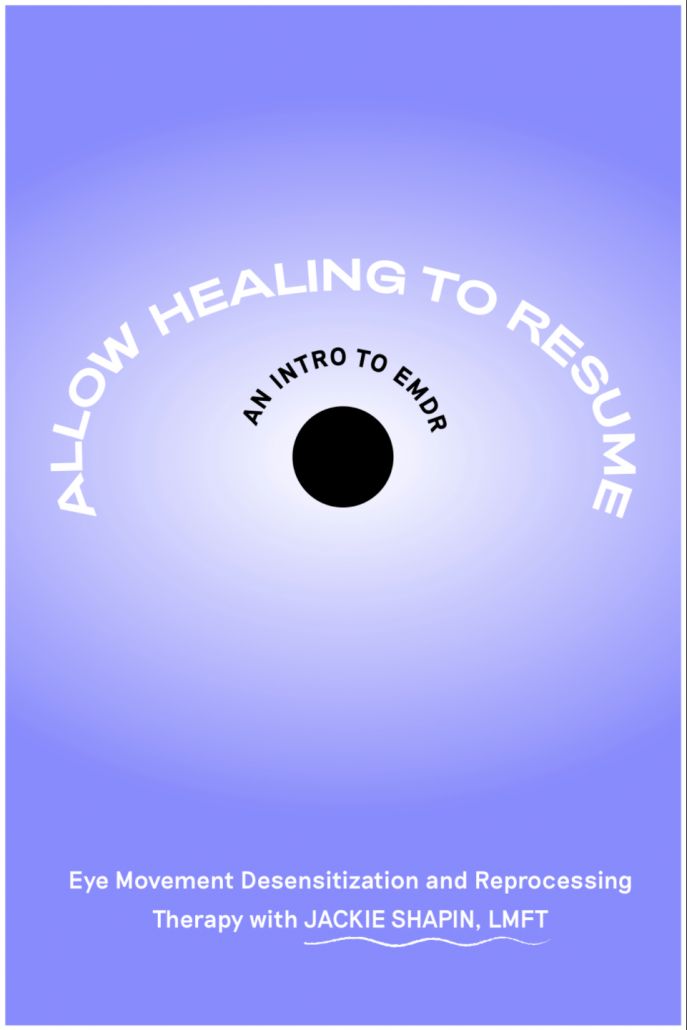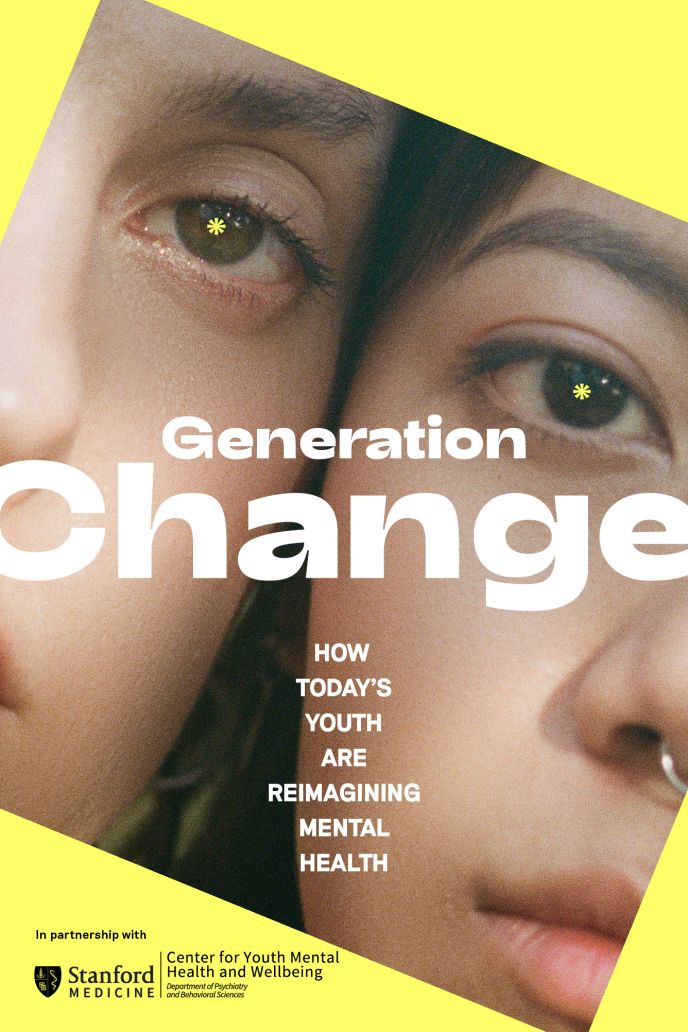Spreading Joy One Dot At A Time: An Interview with Amy Diener
We sat down with the artist to chat about her journey with OCD and how mandala dot painting helps her cope with obsessive thoughts.
Escrito por Made of Millions Team

01 Amy is an artist from New York based in Bangkok specializing in mandala dot paintings.
02 When Amy began struggling with OCD at the age of 17, she turned to art, therapy, and medication to help her cope.
03 Through the repetitive dot painting process, she is able to give her mind a break from obsessive thoughts.
04 Currently a teacher in Thailand, she continues to create art to educate, create awareness, and destigmatize OCD.
Hi Amy! We’re super excited to be chatting with you. Can you tell us a bit about yourself?
Hey there! Thanks so much for interviewing me. My name is Amy Diener and I am a Bangkok based artist originally from New York. I specialize in intricate mandala dot paintings with vibrant color and pattern. I’ve had a long history of battling obsessive compulsive disorder, and art is a creative outlet that helps me cope with my OCD. It’s also a dialogue starter for spreading awareness and reducing the stigma about mental health.
How did you end up moving from New York to Bangkok?
When I was 21, I was about to finish my degree in art education. I was speaking with one of my art professors who told me he had taught overseas in Korea and Honduras. I’d always had a fond appreciation and love for travel and culture, and decided to follow in his footsteps of teaching art abroad.
I went to a job fair in the US that was looking to hire people who would like to teach internationally. I ended up securing a position as an art teacher at an American school in Bangkok. I was nervous, but at the same time ecstatic as I had traveled internationally but never lived outside New York. I hadn’t even been to Bangkok before, but based on my research, it seemed like a fun and cultural place to live. I took a leap of faith and accepted the job. I’ve never looked back or regretted it as I have had such an amazing experience here.
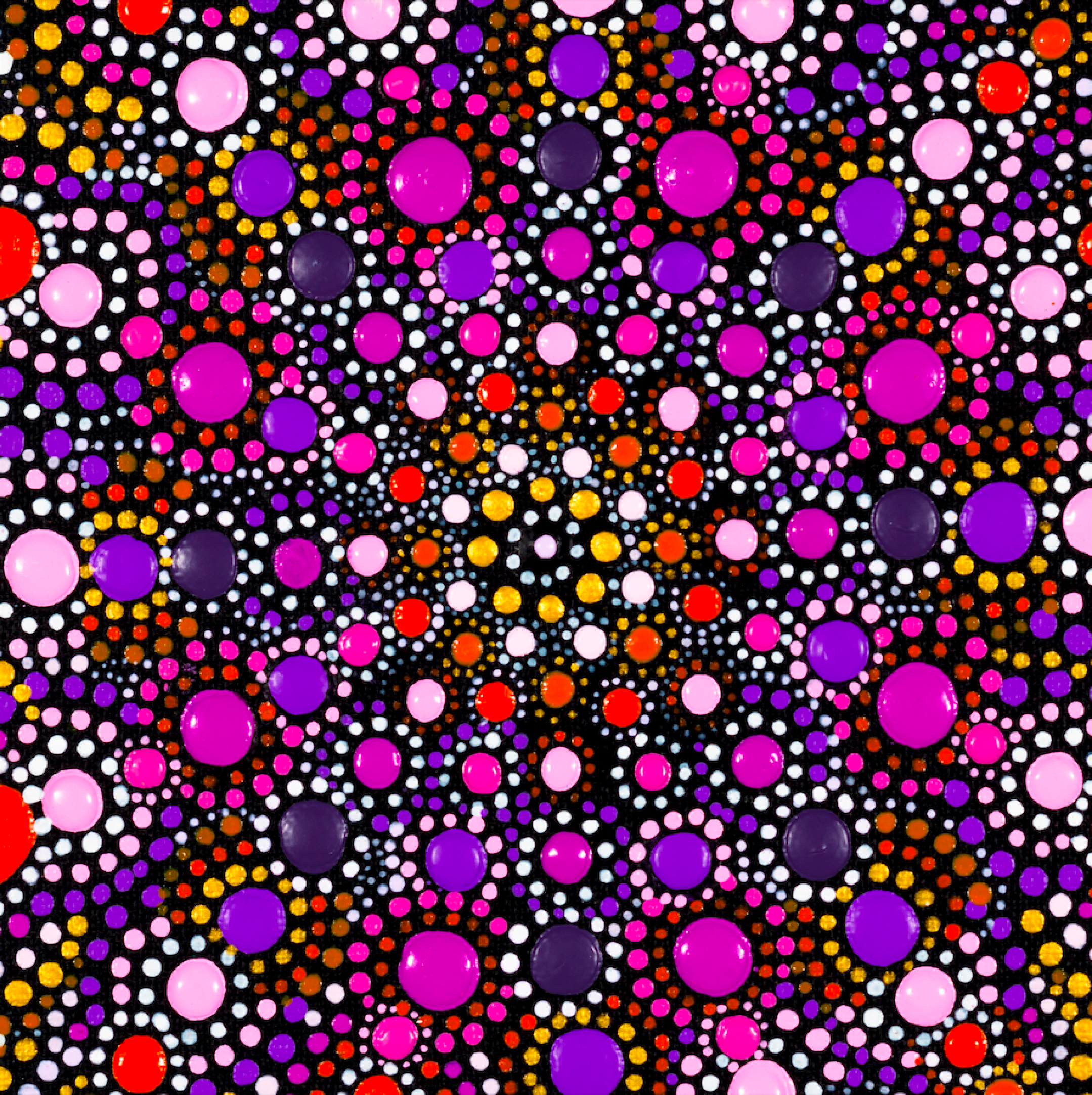
When did you become interested in art — mandala dot painting specifically?
I became interested in art in my high school years. Specifically, I started producing mandala dot paintings about 6 years ago. I had a boyfriend at the time who loved to paint mandalas, and I got inspired by his creations. From there, I started naturally playing with adding small dots to my works. The dot obsession took over, and I went fully dot in June of 2016. The process is super healing and meditative, and that’s why I love it so much.
What has your mental health journey looked like? What role has art played in your recovery?
My mental health journey started when I was 17 years old. Before then, I had no OCD symptoms, but I’m sure certain traumas as a kid started to build up, and gradually my OCD took over. Since it was new to me, I remember googling phrases like “How do I know if I have OCD?” I didn’t tell anyone for two years, and naturally my OCD worsened. I was seen as the kid who was well-behaved, talented, got good grades, and had my life together. I didn’t want to tell anyone I was struggling because I wanted them to continue seeing me in that light.
By the end of those two years, my OCD got so bad that I finally had to say something. I told my boyfriend at the time, and then my mother. Both had absolutely no idea I had OCD. I kept it a secret and only did rituals when no one was looking.
During this severity phase, art was one of my coping mechanisms, as it provided me with moments of peace and stillness. I started taking Zoloft and went through several therapists, until I found one that was able to help me manage my symptoms through exposure and response prevention therapy. Once I had those three checked off — art, therapy, and meds — I started to turn my life around.
You mention achieving stillness, concentration, and relaxation through the repetitive dot painting process. Why do you think that’s so important when it comes to living with OCD?
Living with OCD creates so much suffering. Currently, most of my OCD is classified as Pure OCD, however it has morphed and manifested in different ways over the years. With Pure O, I have a lot of intrusive thoughts, and complete mental rituals in order to remove the initial thoughts. Usually, the rituals involve me repeating my thoughts over and over again until I believe I completely understand what I am saying to myself. My OCD is mild now, so the frequency of these patterns are much less, but they are still present.
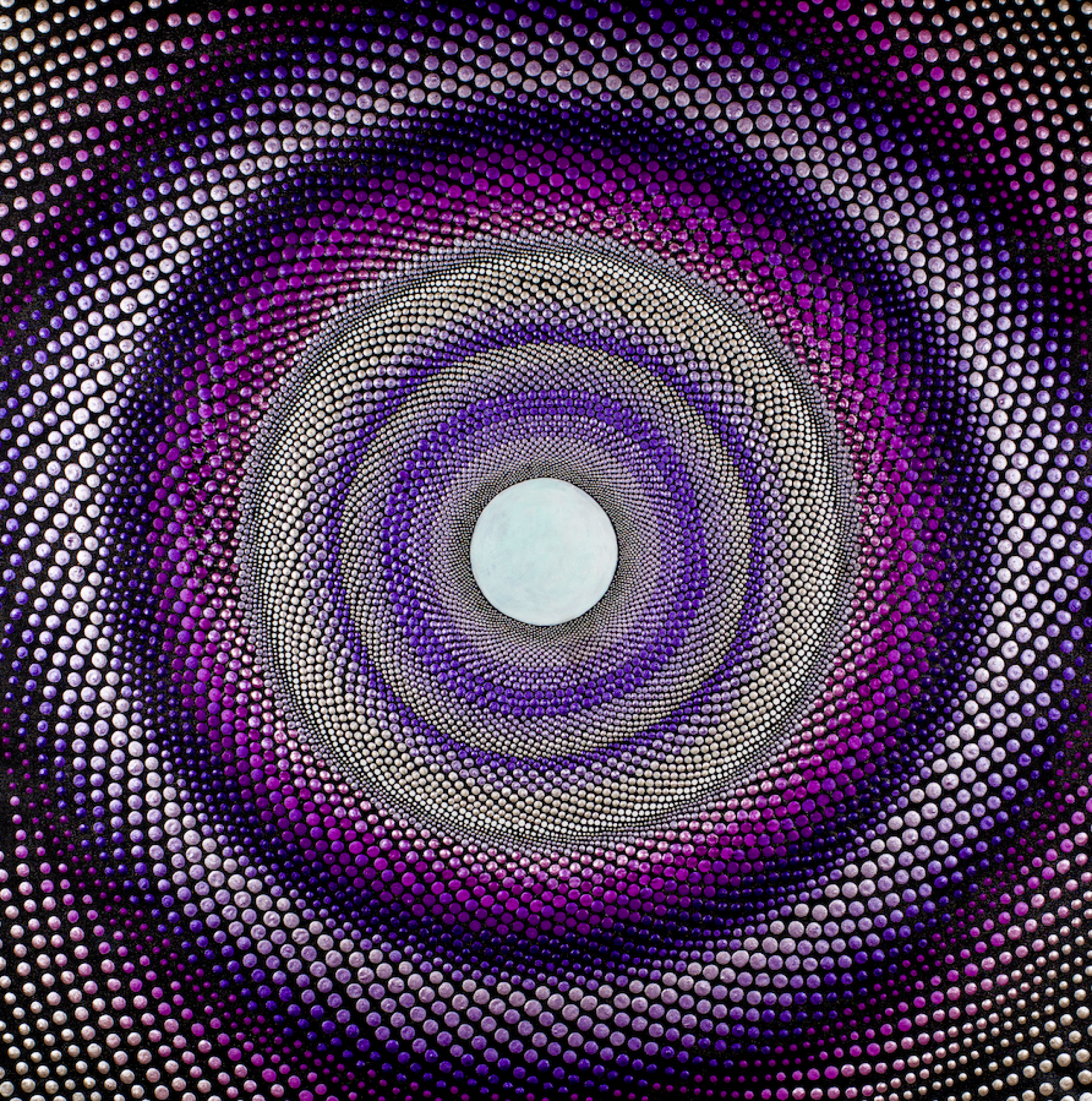
Achieving stillness, concentration, and relaxation through the repetitive dot process is so important when it comes to living with OCD because it helps quiet our minds. Painting dots forces me to concentrate because I want the dots to be as round and beautiful as possible. The process really gives my mind a break and a space to breathe without all of the mental chatter. We all need some creative therapy in our life, and mine happens to be dot painting.
Have you noticed differences in cultural stigmas between the U.S. and Thailand? What unique challenges have you faced in both places?
For sure. I feel like in the US, mental health is more widely accepted, but in Thailand it is still highly stigmatized. You can concretely see this with most medical insurance companies not covering mental health in their plans. Therapy is not viewed very positively, and I think it comes down to generation after generation perpetuating the same mindset.
This mindset is similar in other Asian countries, too. In Singapore, if they find out you had therapy, they will block you from getting a bank loan. Stigma really forces you to stay quiet, which is the last thing you should be doing. Though there is still stigma associated with mental health in the United States, it is way more progressive and open-minded. We need more mental health advocates worldwide, especially in Asia.
What do you want others in the OCD community to take away from your art?
Through my art, I want to educate, create awareness, and destigmatize OCD. I want other people with OCD to understand that although we may struggle on a daily basis, we are all in this together. We should not be ashamed of our challenges and fears, but we should instead acknowledge them and work hard to overcome them.
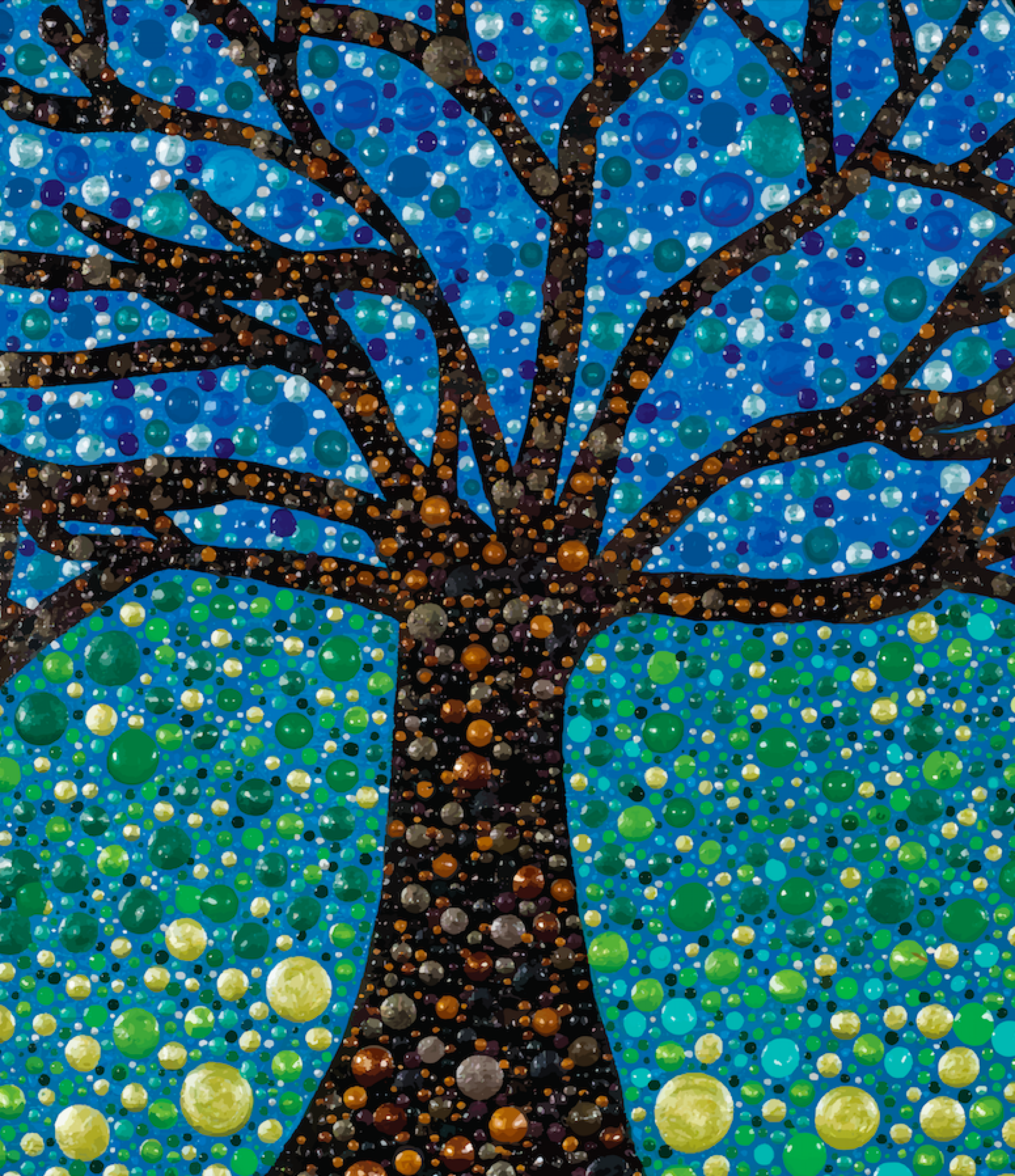
After I went public about my art and OCD a few years ago, I’ve had many people reach out to me saying they were going through something similar but didn’t know what it was. If I can be someone that brings awareness through my art and pushes other sufferers to make a positive change in their life, then I am forever grateful.
Another thing I want others to take away from my art is that creative repetitive outlets are integral to our daily living. I encourage everyone to discover which outlet they enjoy to replace the repetitive thoughts in their brain with a repetitive embodied experience. Maybe this is dot painting, coloring, pottery, yoga, hiking, dancing, playing a musical instrument, or collecting seashells. Remember to bring joy, peace, and concentration into these repetitive activities. And I’d like to leave you with my artist tagline, “Spreading Joy One Dot at a Time.”
<>
ABOUT THE ARTIST
You can find more of my work at www.amydiener.com and on Instagram at @amydienerpaintings.
Apoya nuestro trabajo
Nuestra misión es cambiar la manera en que el mundo percibe la salud mental.
